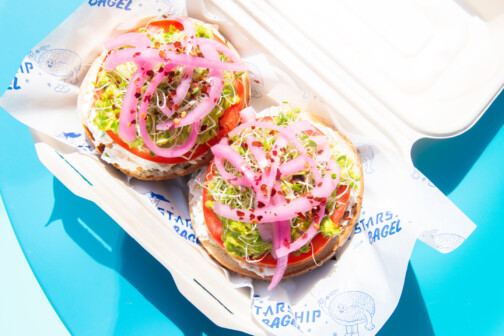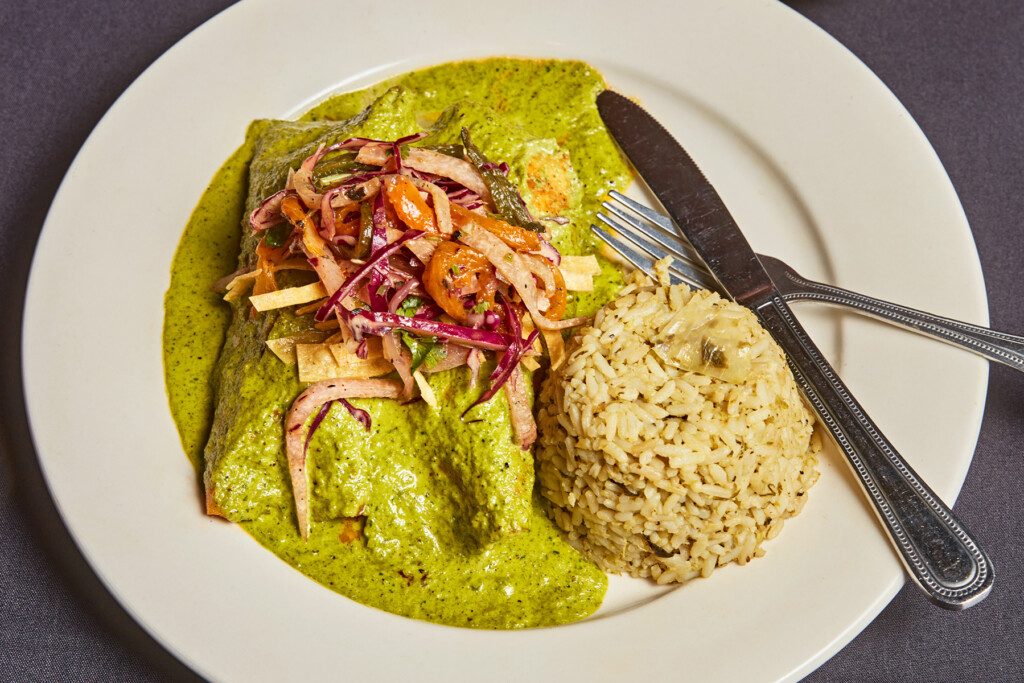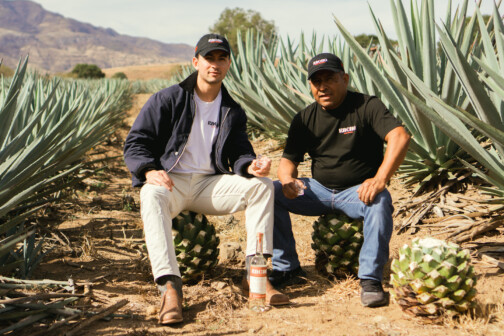In 2023 we published a lot of big-picture thinking about the present and future of Dallas restaurants. A lot of it questioned, in bleak terms, whether trends like “Dubaification” portended bad things for our ability to go out and eat affordable, delicious food. This series culminated in an interview with six Dallas-area restaurateurs about their views of the challenges our city faces as it reimagines its food scene. If you haven’t read that, you should.
Over the last few weeks, I’ve been forming my own theory about where Dallas’ food culture is headed in 2024. Do you know Maslow’s hierarchy of needs? It’s a common psychology-class chart that looks like the food pyramid and organizes basic truths about human nature so they’re not as boring anymore.
There’s nothing innovative about it. The idea is that you have to start with basic needs like food, water, and shelter at the bottom of the hierarchy before you can work your way up. Next you tick off slightly more sophisticated needs: employment, property, friendships. Only after taking care of all those things can you move on to psychological fulfillment and what Maslow calls self-actualization.
My thought is: what if a city’s dining scene follows a similar pyramid? Every city has to start with the basics: good sandwich spots, lunch counters, dive bars, a nice burger. Then you start leveling up: you exchange Papa John’s for proper pizza, immigrants open specialty groceries, taquerias start making their own tortillas, steakhouses start attracting high rollers, and so on. Near the top of the pyramid, you get to rarer forms of high-end dining—Michelin-style global generic tasting menus, “Italian steakhouses,” omakase sushi. Once you’re at the top, then and only then can you look back and see how all those levels of the pyramid contribute to making a complete food city. You need Central Grocery and Commander’s Palace. You need Le Bernardin and a bunch of chicken and rice carts.
Dallas has a long, silly civic history of trying to build the Maslow pyramid from the top down. We create all the “world-class” stuff first, and then figure out how to maintain it later. We designed an underwhelming, underused arts district so that we could brag that it’s the nation’s largest. We commissioned a Frank Lloyd Wright theater and then didn’t keep it repaired. Our philanthropist class launders their reputations by building Calatrava-designed bridges and gigantic fountains, then leaves someone else to pay the bill for bridge failures and the fountain’s water bill. Even now, instead of fixing potholes and synchronizing traffic lights, our politicians are focused on dumb top-of-the-pyramid bling like a new NFL team.

Has our city’s cuisine followed a similar ignore-the-basics pattern? Hypothetically, something like that Calatrava-and-empty-museums narrative would look like this: the city starts with modest eateries ranging from good (Keller’s) to bad (Sonny Bryan’s), then decides to pole-vault to national recognition on the backs of celebrity chefs like Stephan Pyles and Dean Fearing without filling in all the middle-class neighborhood restaurants first. That’s false. The Grape was an institution for decades, and beloved spots as diverse as S&D Oyster Co., La Calle Doce, and Parigi have been around forever.
On the other hand, Dallas has spent the last few years making significant upgrades to the basic needs in our food pyramid. Our barbecue scene is so dramatically improved from a decade ago that the standard-bearer then, Pecan Lodge, now risks falling out of the local top 10. More evidence turns up if you look back further. In the August 1989 issue of D, readers voted on their favorite restaurants in Dallas, with embarrassing results. The city’s best sandwich? Jason’s Deli. The best place to take tourists? On the Border. Our best pizza? Pizzeria Uno, the deep-dish chain from Chicago.
Pizza might be the single best example of Dallas’ progress. At the start of this year, we published a whole pizza issue of the magazine, something that wouldn’t have been possible a decade ago, let alone in 1989. Cavalli Pizzeria opened in 2007, Cane Rosso’s first restaurant debuted in 2011, and ever since we’ve been on a roll with Zoli’s, Partenope, Neony, Baonecci, Pizzeria Testa, Wriggly Tin, and many more.
That kind of “basics, but better” thinking has affected all sorts of dining sectors. Want a nice sandwich? Newcomers like Sandoitchi, Fond, Sandwich Hag, Las Almas Rotas, Alamo Club, Shug’s, and Cafe Duro have your back. Wish your Tex-Mex was made with better-quality ingredients? Casa Rosa, Escondido, Las Palmas, and others have arrived. (Even Mi Cocina is trying to reclaim its now-middling reputation.) Wondering why a town this big doesn’t have a decent bagel? Here comes Starship.
If you’re looking for a grand narrative to recent Dallas food news—why Bruno Davaillon got in the neighborhood bistro game, why Gemma joined him, why Matt McCallister developed a vegan queso recipe, why handroll sushi became a region-wide phenomenon, why most of us would rather eat at Resident Taqueria than in Reunion Tower—maybe this is it.
Maybe, after decades of trying to build a “world-class” restaurant scene from the top down, we’re trying again the normal way. Maybe we’re giving the people what they need, and after that work is done we’ll climb to the top of the pyramid.
Author







